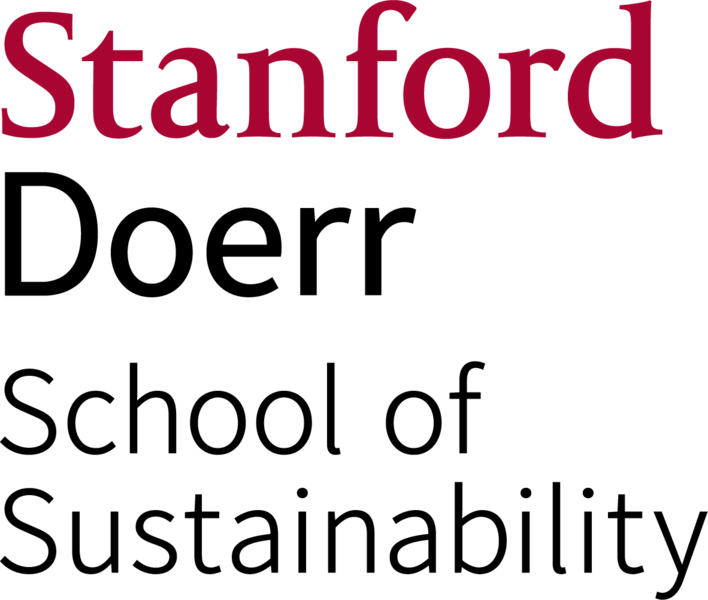Anya Sengupta
Although these eight weeks went by quickly, this internship has been filled with many exciting activities, like literary discussions, research projects, and data collection.
August 10, 2021
Although these eight weeks went by quickly, this internship has been filled with many exciting activities, like literary discussions, research projects, and data collection.
Every week we discussed John Tyler Bonner’s Why size matters: From bacteria to blue whales after reading a few chapters ourselves. Bonner did an exceptional job of illustrating the subjects covered during the internship, especially the physics and evolution of size in biology. I found the human outlook on size particularly enticing because we are consumed with size both consciously and subconsciously. For instance, humans are absorbed in measuring everything like clothing sizes and amount of food on our plates.
I am so grateful to conduct a formal research report with Adarsh and Theo on extinction risk as prior research failed to complete a thorough understanding of how extinction risk changes through time. Through R and the Stanford Earth Body Size dataset, we were able to examine extinction risk in relation to the Paleozoic phyla and various biological and ecological traits. We received significant results as our program determined which phyla and biological/ecological traits incited greater extinction risk in each period. After training our six binomial machine learning models, our program predicted when a genus goes extinct in the Paleozic Era.
Another exciting feature of this internship was contributing to the Stanford Earth Body Size dataset by collecting real data with hundreds of genera. Using Image J and Stanford Library, we analyzed hundreds of research papers for the sizes of many genera.
This summer was an extraordinary experience which I recommend to anyone interested in environmental science and computer science like myself. It was a privilege to have the mentors of Dr. Monarrez and Mr. Pimentel-Galva, who instructed us on programming in R and conducting a research project. They were always willing to support us whenever we needed help for the abstract, data collection, and anything else. I am also grateful to Dr. Saltzman and Dr. Payne, who organized this entire program with guest speakers and all the opportunities provided. Although these eight weeks are over, I am hopeful to meet you all in person or at AGU!
In the first week of the internship, I learned all about the evolutionary history of ancient life
July 7, 2021
In the first week of the internship, I learned all about the evolutionary history of ancient life through presentations and guest speakers on biodiversity, body size evolution, and the Cambrian period. Initially, I was nervous about the program being in a virtual setting, but I instantly noticed this program provides the same capabilities as in person. This was due to the bewildering mentorship of Mr. Monarrez and Mr. Pimentel, who are continually supportive when I have questions or need guidance.
Although I acquired extensive programming experience prior to this internship, I was particularly enthusiastic to use R for the first time because I recognized R is the principal language for data visualization and graphical data analysis. In Python, JavaScript, and other languages, you often receive output through text. However, the graphs and models you receive in R are intriguing to interpret and analyze. I am thrilled to conduct complex analyses based on paleontological data for our project in the coming weeks.
This week, we created groups to compose a formal research report and gain the skills necessary to effectively present findings. I am working with Adarsh and Theo, who are tremendously accommodating and eager to support each other whenever someone needs assistance. Although my team is in the brainstorm stage, we are assured we want to focus on extinction. We plan to use R to create models like linear regression and probabilistic models for extinction.
Ultimately, I have grasped so much in this brief span like how body size research can shed light on underlying processes that shape biodiversity patterns. I am so grateful for this opportunity to present findings to the Stanford Faculty and at the American Geophysical Union conference. Due to the striking mentorship and collaboration from my supervisors and peers, I am confident the remainder of the program will be rewarding and fascinating.
